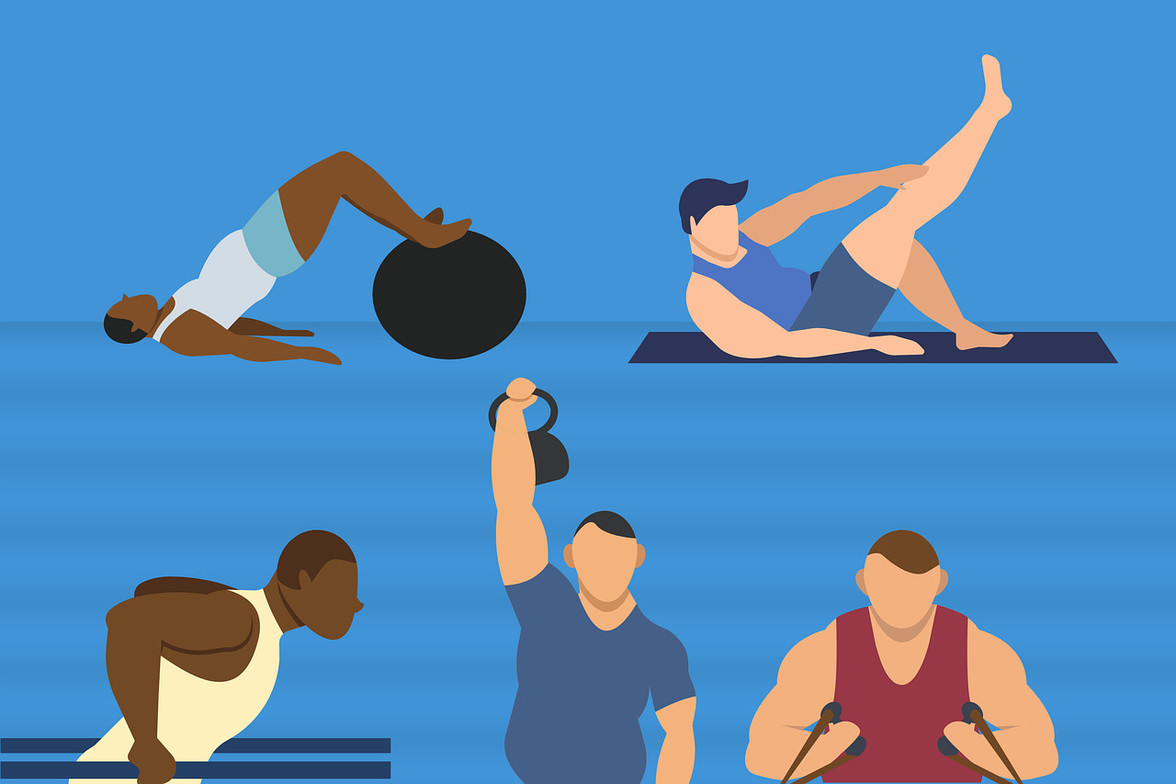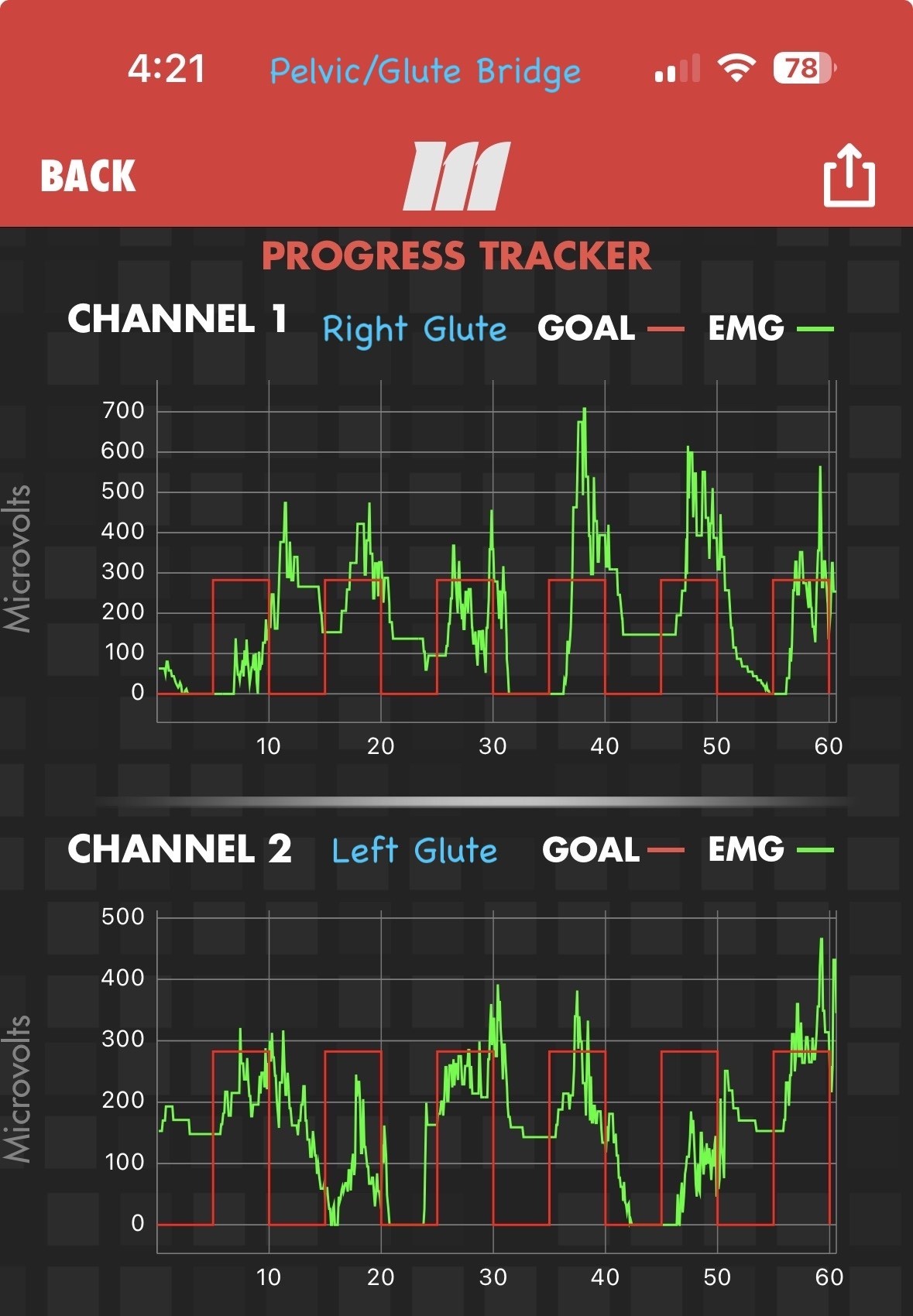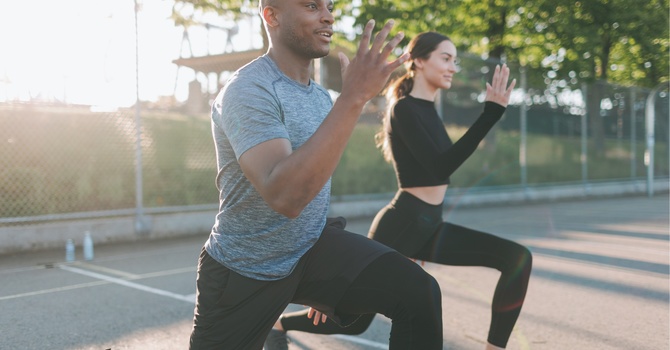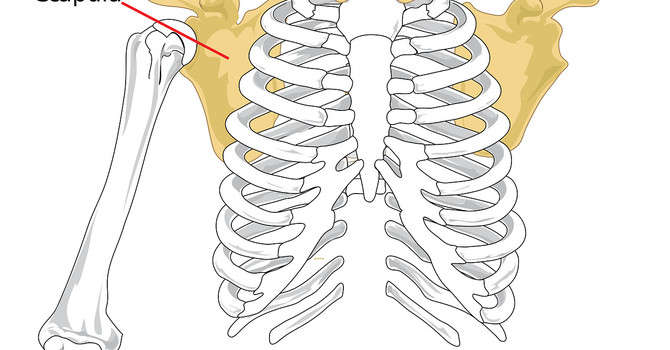
Are you really training what you think you are?
How Do You REALLY Know If You’re Working the Right Muscles? Discover the Power of sEMG.
sEMG helps you:
identify compensatory muscles
learn how to disengage the compensatory muscles while engaging the correct muscles
learn how to perform an exercise correctly
recruit more muscle fibers
At Innersport, we believe that effective recovery and performance start with understanding exactly how your body moves. But here’s a question: How do you REALLY know if you are working the right muscles when performing an exercise? Many people assume they’re targeting specific muscles during rehab or strength training, but without precise feedback, it’s easy to recruit the wrong ones—sometimes making injuries worse or slowing progress.
For example, a squat may seem straightforward for building leg strength, but poor technique can shift the load away from your glutes and quads and onto your lower back. Similarly, rehab exercises meant to restore function after an injury might not be effective if compensatory patterns sneak in unnoticed.
That’s where surface electromyography (sEMG) comes in. We use sEMG technology to measure the neuromuscular activity of a given muscle during activities like rehab exercises, strength training, running, and biking. By placing electrodes on key areas—like the rotator cuff and mid/lower trapezius in this example—we can see in real time whether you’re activating the correct muscle groups.
The biggest impact of sEMG is its ability to provide biofeedback. This means you don’t just guess—you LEARN how to engage your targeted muscles through visual feedback during each movement. As a result, you gain confidence and skill in performing exercises both at home and at the gym, making your rehabilitation more successful and efficient.
A Case of Chronic Upper Trap and Neck Pain
Many patients with neck pain often have an underlying shoulder dysfunction and poor movement pattern of the scapula. One of the biggest culprits? Poor engagement of the lower and middle trapezius muscles. When these important stabilizers aren’t activated properly, your body compensates by overusing the upper trap—tightening up and pulling on your neck and head. This compensation creates a vicious cycle that’s easy to get stuck in, leading to chronic neck pain, headaches, and muscle spasms.
In this video, we placed electrodes on the lower and middle traps as well as on the upper trap to see exactly which muscles are firing during a simple exercise. Channel 1 (left side of the app) measures activity in the lower and middle traps; Channel 2 (right side of the app) monitors the upper trap. Our goal is for patients to engage those crucial stabilizers while relaxing the overactive upper trap.
With sEMG feedback, it becomes clear whether you’re truly activating the right muscles or just compensating without realizing it. In this demonstration, our patient successfully engages her lower and middle traps while keeping her upper trap relaxed—breaking free from that harmful cycle. This real-time insight empowers both patients and clinicians to target dysfunctional patterns at their source for lasting relief from head, neck and shoulder pain.
Using sEMG During a Bike Fit Session and Performing a Pelvic Bridge
When it comes to persistent discomfort and injury, sometimes the root cause isn’t as obvious as it seems. Recently, we had a patient visit us for a bike fit due to left-sided chafing on his upper leg and thigh. His physician believed the issue stemmed from severe knee arthritis, suggesting that a knee replacement would resolve the chafing. However, even after undergoing total knee arthroplasty (TKA) and completing physical therapy, he continued to experience discomfort, redness, and skin irritation.
Despite multiple bike adjustments—including switching to shorter cranks (which allowed him longer rides without chafing) —the problem persisted. During our evaluation, we noticed significant atrophy in his left glute and quad muscles on the same side as his TKA. To dig deeper, we utilized surface electromyography (sEMG) while he performed pelvic glute bridges. The results were telling: his left gluteus maximus showed much less activation compared to his healthy right side.
This objective insight from sEMG revealed that he wasn’t fully recruiting his left glute max during movement—something neither surgery nor standard rehab had addressed. It’s likely this lack of muscle activation contributed to pelvic drop during cycling sessions, which in turn caused increased saddle rubbing on the inside of his left leg.
Thanks to these findings, he is now working with a personal trainer focused on rebuilding strength and stability for better performance on the bike. This case highlights just how valuable sEMG can be—not only does it confirm whether you’re truly firing the muscles you intend to use, but it also guides targeted interventions for lasting results where other approaches may fall short.

sEMG After Surgery
Our third case highlights the transformative power of surface electromyography (sEMG) in rehabilitation. Take, for example, an avid athlete who came to us just two weeks after her ACL repair, eager to jumpstart her recovery. While restoring knee range of motion and patellar mobility is crucial, the real challenge lies in re-activating key muscles—especially after both injury and surgery.
In this case, we focused on her Vastus Medialis Obliquus (VMO), comparing activation on her repaired leg versus her healthy one. Unsurprisingly, initial sEMG readings showed less VMO activation on the ACL-repaired side. But here’s where sEMG shines: by providing immediate biofeedback during exercises, she could actually see when she was successfully engaging the muscle.
As the session progressed, it was clear she was learning how to activate her VMO more effectively with each repetition. This visual feedback helped create new neural pathways essential for muscle re-education and strength building. Now that she’s gained this awareness through sEMG-guided biofeedback in our clinic, she can confidently continue these targeted exercises at home—knowing exactly what it feels like when she's truly “firing” the right muscles for optimal recovery.

With sEMG at Innersport, you no longer have to wonder if your efforts are paying off—you’ll know for sure that every rep is moving you closer to recovery or peak performance.
Dr. Jessica Greaux
Contact Me


